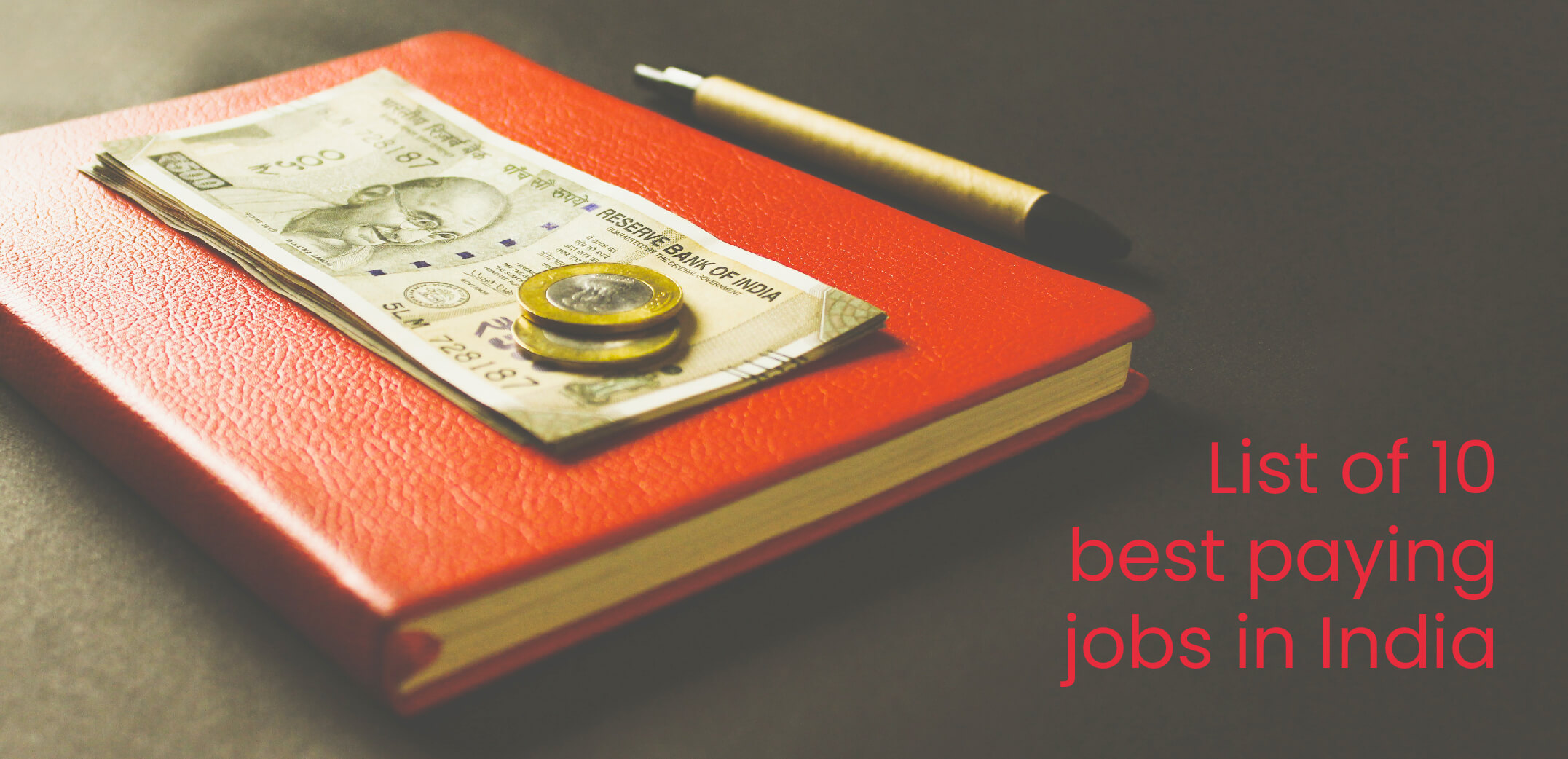Blog > Learning Python for Data Science and It’s Uses
Learning Python for Data Science and It’s Uses
November 16th, 2022

Python.
Why is Python programming favoured? How do companies use Python in Data Science? How can you jump on this bandwagon? Read the article to answer these questions.- Why should you learn Python for Data Science?

As you know Python wasn't the first programming language for Data Science that was preferred. For years scientists used a variety of different programming languages from Fortran to C++ and Java, and don't get us wrong - these languages are still very much in use.
So why should you learn Python as a Data Scientist?
There are several reasons we could give you like, for example, Python's Flexibility - Python allows you to explore and experiment creatively. Since Python is run free of templates or specific APIs, it is suitable for the development of any kind of application or website.
Python is also known for its Simplicity. Since its syntax is relatively similar to English, it is very easy to understand and pick up for beginners. Data Scientists will find this especially useful, since most of them come from a statistical or mathematical background and are not that familiar with coding.
While we are on the subject of Python's attributes, we have to mention the large community of Python users. This is good news for any fresher, as they'll have innumerable resources at their disposal. From online tutorials and books to conferences like PyCon, Python has created a large and welcoming community, with help available around every corner.
Finally, possibly the biggest advantage of using Python is the availability of numerous libraries.
A library in Python is a bunch of precompiled code that can be used for certain pre-decided purposes. So code for commonly occurring tasks, like data cleaning and data analysing, does not have to be written from scratch. You can just pick up these codes from libraries of Data Science using Python:
- NumPy - A library that helps with large mathematical tasks
- Pandas - One of the easiest libraries to use; it assists with data cleaning and analysing
- Matplotlib - This Python library for Data Science is used in data visualisation tasks and helps to make dynamic scatterplots, line graphs and more
- Spicy - This library helps with scientific computing like linear algebra and other statistical tasks
There are a lot more libraries in Python that you could experiment with to simplify the coding process. But in order to fully utilise Python's capabilities, you first need to master it.
Must-learn Python Basics for Data Science

Now that you know why you should learn Python programming for Data Science, let's kickstart your learning journey by understanding this detailed roadmap.
Step 1: Python Fundamentals
You want to start by understanding the Python basics first, libraries and data structures. Since Python's syntax is similar to English, it shouldn't be too hard to pick up the language.
Step 2: Regular Expressions
Once you grasp the basics of the language, take your learning up a notch and learn about Regular Expressions. RegEx is a sequence of characters that form a search pattern. RegEx is handy when you work with a lot of text, since they make filters more specialised and tailored to your needs.
Step 3: Libraries
Now that you're fluent in the language and confident in your skill, move on to learning how to use the vast number of Libraries Python hosts. Start with NumPy and pay close attention to learning NumPy arrays, this will set up a solid base for you.
Step 4: Data Visualisation
Data Science as a field requires a lot of data visualisation, so that is one skill you should keep in mind while learning Python. There are several libraries for Data Science you can master for this; Matplotlib, Seaborn, Plotly are some of the commonly known ones.
Step 5: Projects
Alongside your learning, keep a portfolio of projects ready. These will provide credible, quantifiable proof of the things you have learnt and your expertise in the field. You can add the following projects to your portfolio:
Data Cleaning project
You would be surprised by how much raw data you can find on the internet. You can download this data and practice filtering it.
Data Visualisation Project
Data that is unreadable is of no use. Which is why making striking visuals is an important skill to possess. If your portfolio contains great-looking and comprehensible visualisations it will stand out.
Machine Learning
As a Data Scientist, you will work extensively with machine learning. It is basically the core requirement for being a Data Scientist. Working with different algorithms will give you an edge over your peers.
To delve deeper into Python for Data Science, let's look at all the possible ways it can be used by a Data Scientist.
Applications of Data Science using Python

Data Science and Data Analytics have slowly started to make their presence known amongst almost every industry today. Be it Healthcare, Oil or Retail, these skills are used to gain valuable insights to make better marketing and business decisions.
Data is collected and refined into logical conclusions and strategies. There are many
tools available out there for data analysis. However most companies favour Python as it supports Object-Oriented Programming, Structured Programming as well as Functional Programming.So what is Python used for?
- Libraries like Pandas or NumPy help process large volumes of unfiltered data.
- Sometimes data has to be scraped from the internet and is not readily available, so tools like Python Scrapy or Beautiful Soup can help with that.
- Next you need to make graphical representations of the data, no big deal - just use libraries like Matplotlib or Seaborn to make comprehensible graphs and visualisations.
- Lastly, comes Machine Learning. ML is filled with complicated computational techniques, but Python is well equipped with Scikit-Learn for data classification, regression, clustering and more.
Data analysis can also be performed using Python when it comes to data presented in images. It has a great open-source library called Opencv that deals exclusively with images.
Conclusion

By now you should've familiarised yourself with all the tools and attributes of Python for Data Science. We spoke time and again about how easy Data Science with Python is to learn. However, Data Science on its own is a complicated field that students need thorough guidance for.
If you want to kickstart your journey in Data Science, upGrad Campus offers a holistic Data Science and Analytics course. One of the many things you will learn in this course is Python programming from scratch with specific use cases in Data Science. Our course also gives you the chance to build an impressive portfolio with multiple projects spanning from data cleaning and data manipulation to data visualisation.
If you found this blog helpful, leave a comment below and let us know which topics you'd like us to cover next.






Add a Comment